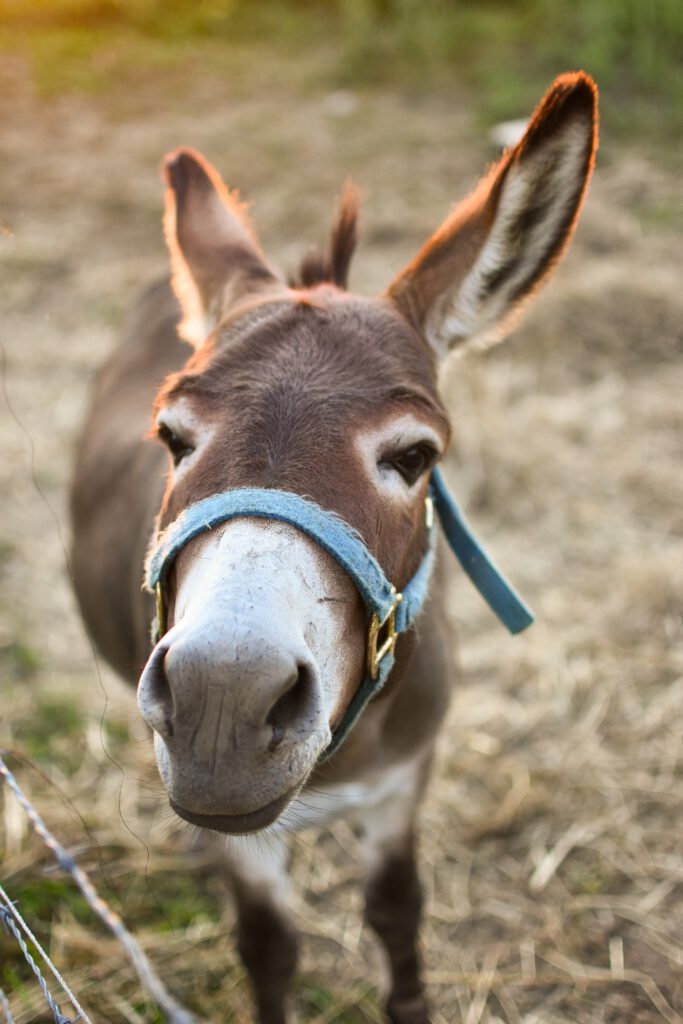My last article was about becoming an expert at something. Writing that article made me think about stubbornness. To excel at something, one needs a good amount of stubbornness while being flexible enough to allow for improvements.

Stubbornness in discussions
Let us observe stubbornness in the context of a discussion (not to be confused with a casual conversation). I feel like this is an insightful exercise to cut to the chase of the matter.
For the matter to progress, one needs to be flexible enough to accept the other’s viewpoint and understand the facts they are bringing forward. Without this level of flexibility, no reasonable exchange can take place. One needs to be mindful, flexible enough to appreciate other viewpoints, and suspend disbelief until a full account is given.
But to actually understand someone else’s viewpoint, questions need to be asked. Not everything that is said should be accepted at face value. Just remembering everything the other person says does not suffice to understand a new viewpoint. This means one has to ask questions and press on issues that do not immediately make sense. This is necessary to wrap one’s head around new ideas.
Wrapping one’s head around an idea – what a great expression! It means that it does not suffice to remember the idea, but one needs to integrate it into their mind. This cannot be done by repetition only and needs interaction, questioning, and active thought.
We have established that a certain amount of flexibility is needed, but some stubbornness needs to be displayed to understand new ideas. Merely adopting the other person’s viewpoint is not enough for a good discussion, though. To have a good discussion, one needs to insist upon arguments that need to be discussed. Listening to a narrative and considering it does not mean that one must accept it from the get-go.
Stubbornness when striving to achieve goals
Finding worthy goals is already a difficult endeavor. This means one should not cast them aside lightly. When one has chosen a goal to pursue, it is imperative to commit to that goal and keep going.
As one gets closer to reaching a goal, the implications of reaching the goal get clearer, and one knows more about where one is going. Often, this means learning that the goal chosen may not have been the perfect goal to choose. But this cannot be helped because the insights were only gained by pursuing the original goal.
Let me repeat this one more time: predetermined goals are not to be abandoned lightly. It is of paramount importance that one does not get into the habit of abandoning goals and then rationalizing that decision!
Conclusion
Stubbornness is an important quality that can help stay on track in any situation. But as with everything, stubbornness needs to be enjoyed in moderation; otherwise, fundamentalism and idiocy are not far.

Wieder mal ein toller Blog von Dir! Regt an zum Nachdenken ! Das Problem bei Sturheit und Offenheit ist sie unter einen Hut zu kriegen. Wahrscheinlich ist das eine Lebenshausaufgabe!!